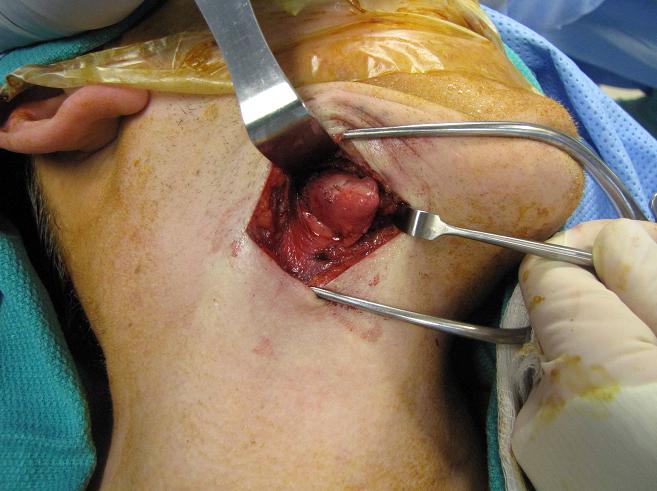Chronic Granulomatous Disease Symptoms, Causes, Diagnosis and Treatment

What Is Chronic Granulomatous Disease?
It is a genetic disorder wherein phagocytes- cells of immune system fails to function properly. Such leads to serious and ongoing infection.
What Are The Alternative Names Of Chronic Granulomatous Disease?
Chronic granulomatous disease is also known by the following names:
- Fatal granulomatosis of childhood.
- Progressive septic granulomatosis.
What Are The Symptoms Of Chronic Granulomatous Disease?
Few common symptoms of chronic granulomatous disease are:
- Joint infections.
- Bone infections.
- Persistent diarrhea.
- Frequent skin infections.
1. Impetigo.
2. Furuncles.
3. Abscesses.
4. Perianal abscesses.
5. Impetiginized eczema.
6. Chronic infection inside the nose.
- Swollen lymph nodes (neck).
- Pneumonia.
What Causes Chronic Granulomatous Disease?
It is a genetic disorder wherein some cells of immune system fails to kill certain types of fungi and bacteria. Chronic granulomatous disease leads to chronic and recurrent infections. Usually, it is diagnosed in early childhood. However milder forms can be discovered during teenage years, or sometimes in adulthood.
What Are The Risk Factors Of Chronic Granulomatous Disease?
Family history of chronic or recurrent infections tends to be the risk factors of chronic granulomatous disease. Approximately fifty percent of its cases are carried on from the families as a sex-linked trait.
This suggests that boys are more prone to contract chronic granulomatous disease as compared to girls. Basically, girls have 2 of the identical type of sex chromosome, XX while boys have 2 different sex chromosomes, XY.
X chromosome serves as the basis to pass on the defective gene. Thus if a girl is passed on the defective gene through a single X chromosome, the other may have a working gene that will ‘compensate for’ it.
If the defective gene is passed on by both the parents, then a girl can develop chronic granulomatous disease.
What Are The Potential Complications Of Chronic Granulomatous Disease?
Chronic granulomatous disease can lead to a number of complications such as:
- Skin damage.
- Lung damage.
- Chronic pneumonia.
- Bone damage.
How Is Chronic Granulomatous Disease Diagnosed?
During the visit, the doctor will perform a thorough physical examination of the patient, wherein he or she will observe:
- Swollen lymph nodes.
- Spleen swelling.
- Liver swelling.
The doctor can then suggest the following tests:
- Tissue biopsy.
- Complete blood count.
- Chest X-ray.
- Bone scan.
- Nitroblue tetrazolium and flow cytometry tests. These can help diagnose the disease precisely.
How Is Chronic Granulomatous Disease Treated?
Usually, doctors prescribe antibiotics for treating chronic granulomatous disease and preventing infections. Moreover, interferon-gamma also tends to help in preventing severe infections. In order to treat few abscesses, surgery can be needed.
The mere cure for the disease is a stem cell or bone marrow transplant.
What Is The Prognosis Of Chronic Granulomatous Disease?
Even though, antibiotic treatments can help decrease the occurrence of infections, however early death is a common consequent of recurrent lung infections.
By : Natural Health News




